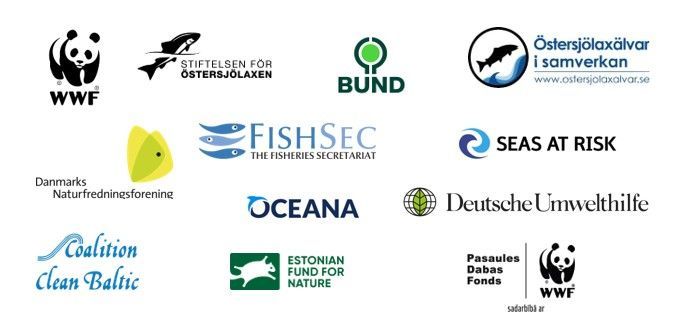Joint NGO recommendations on Baltic Sea fishing opportunities for 2021
In October 2020, EU fisheries ministers will agree on fishing opportunities in the Baltic Sea for 2021. As the deadline to end overfishing by 2020 at the latest as legally prescribed by Article 2(2) of the Common Fisheries Policy (CFP) [1]
has passed, all fishing limits must be based on sustainable exploitation rates.
Last year, ministers set 5 out of 10 Total Allowable Catches (TACs) in the Baltic Sea exceeding the best available scientific advice for 2020, thereby contravening the CFP deadline. The European Commission proposal included 4 out of 10 TACs exceeding scientific advice, and ministers further increased catch limits beyond levels proposed by the European Commission (e.g. Baltic sprat, western Baltic cod and herring), whilst also removing some positive Commission proposals for improved at-sea monitoring of Baltic cod bycatches [2]
.
Moreover, the European Ombudsman has made recommendations to improve the transparency of the Council when setting fishing opportunities. The Ombudsman confirmed a finding of maladministration in April 2020 [3]
, expressing disappointment that Council decision-making contravened key democratic standards.
The results of the holistic assessment by the Baltic Marine Environment Protection Commission (Helsinki Commission, HELCOM) on the state of the Baltic Sea reflect that several action areas lag behind in implementation, despite the deadline for achieving Good Environmental Status (GES) of the marine environment by 2020 according to the Marine Strategy Framework Directive (MSFD) and by 2021 according to the Baltic Sea Action Plan (BSAP) [4] . The European Green Deal [5] commits the EU to tackling the impacts of climate change and protecting/restoring biodiversity, and to “a green oath to ‘do no harm’. ” [6] Specifically, the EU Biodiversity Strategy [7] commits to ecosystem-based management, a transition to more selective and less damaging fishing methods, and to set all fishing limits at or below Maximum Sustainable Yield (MSY) levels, in order to restore ocean health.
Continue and download the full document here.
______________________________________________________________________________
[ 1]-
REGULATION (EU) No 1380/2013 of the European Parliament and of the Council of 11 December 2013 on the Common Fisheries Policy.
[2]-
The Pew Charitable Trusts (2020). Analysis of Fisheries Council agreement on fishing opportunities in the Baltic Sea for 2020.
[3]
–
https://www.ombudsman.europa.eu/en/decision/en/127388
[4]
–
HELCOM (2018): State of the Baltic Sea – Second HELCOM holistic assessment 2011-2016. Baltic Sea Environment Proceedings 155.
[5]
–
The European Green Deal Communication from the Commission to the European Parliament, The Council, the European Economic and Social Committee of the Regions. The European Green Deal.
[6]
–
Communication from the Commission to the European Parliament, the Council, the European Economic and Social Committee and the Committee of the Regions EU Biodiversity Strategy for 2030 – Bringing Nature Back into Our Lives.
[7]
–
Communication from the Commission to the European Parliament, the Council, the European Economic and Social Committee and the Committee of the Regions EU Biodiversity Strategy for 2030 – Bringing Nature Back into Our Lives.

